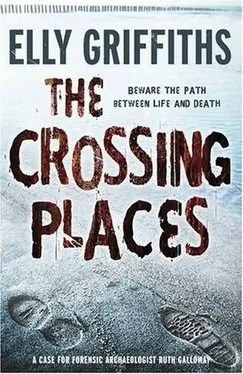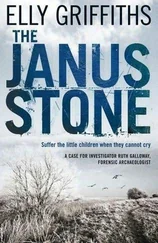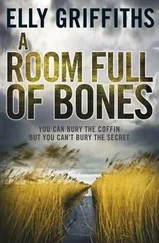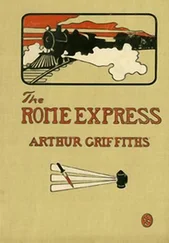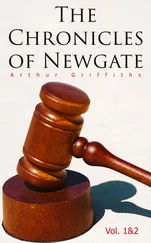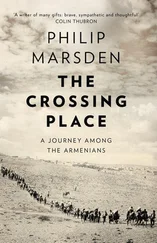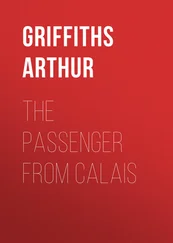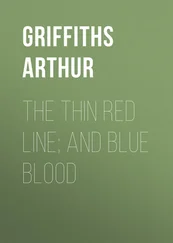She is hungry though. She tears at the food he has brought – crisps, sandwiches, an apple – stuffing another mouthful in her mouth before she has finished the first.
'Steady,' he says, 'you'll make yourself sick.'
She doesn't answer. She hardly ever speaks to him. She saves talking for when she is alone, which, after all, is most of the time, when she can chat to the friendly voices in her head, the ones that tell her it is darkest before dawn.
He gives her a drink in a funny orange bottle. It tastes odd but she gulps it down. Briefly she wonders if it is poison like the apple the wicked witch gave Snow White, but she is so thirsty she doesn't care.
'I'm sorry I couldn't come before,' he says. She ignores him, chewing up the last of the apple, including the pips and core.
'I'm sorry,' he says again. He often says this but she doesn't really know what it means. 'Sorry' is a word from long ago, like 'love' and 'goodnight'. What does it mean now? She isn't sure. One thing she knows, if he says it, it can't be a good word. He isn't good, she is sure of it now.
At first she was confused, he brought her food and drink and a blanket at night and sometimes he talked to her.
Those were good things, she thought. But now she thinks that he keeps her locked in, which isn't good. After all, if he can climb through the trapdoor, up into the sky, why can't she? Now she is taller she has tried to jump up to the door and the barred window but she never manages it.
Maybe one day, if she keeps getting taller and taller, as tall as… what was it called? As tall as a tree, that's it. She'll push her branches through the hole and carry on, up, up to where she hears the birds singing.
When he has gone she digs up her sharp stone and runs the edge of it against her cheek.
Ruth is awoken from confused dreams by a furious knocking at the door. She staggers downstairs, groggy with sleep, to find Erik, dressed in army surplus and a bright yellow sou'wester, standing on the doorstep.
'Good morning, good morning,' he says brightly, like some crazed holiday rep. 'Any chance of a cup of coffee?'
Ruth leans against the door frame. Is he mad or is she?
'Erik,' she says weakly, 'what are you doing here?'
Erik looks at her incredulously. 'The dig,' he says. 'It starts today.'
Of course. Erik's dig. The one approved by Nelson. The dig that aims to answer the riddle of the Iron Age body and the buried causeway. To find out whether the Saltmarsh has any more secrets.
"I didn't know it was today,' says Ruth, backing into the house. Erik follows, rubbing his hands together. He has probably been up for hours. Ruth remembers that one of his traditions on a dig was to see the sun rise on the first day and set on the last.
'Yes,' Erik is saying casually. 'Nelson said it had to be after the funeral and that was yesterday, I believe.'
'It was. I was there.'
'Were you?' Erik looks at her in surprise. 'Why ever did you go
'I don't know,' says Ruth, putting on the kettle. 'I felt involved somehow.'
'Well, you aren't involved,' says Erik shortly, removing his sou'wester. 'High time you stopped all this detective nonsense and concentrated on archaeology. That's what you're good at. Very good. One of my very best students, in fact.'
Ruth, who bridles with indignation at the start of this speech, softens somewhat by the end. Even so, she isn't about to let Erik get away with this.
'Archaeologists are detectives,' she says. 'That's what you've always said.'
Erik dismisses this with a shrug. 'This is different, Ruth ie. You must see that. You've given the police the benefit of your professional advice. Now leave it at that.
There's no need to become obsessed.'
'I'm not obsessed.'
'No?' Erik smiles in an irritating, knowing way that reminds Ruth of Cathbad. Have they been discussing her?
'No,' says Ruth shortly, turning away to pour the coffee.
She also puts some bread in the toaster. No way is she going to dig on an empty stomach.
'The poor girl is dead,' says Erik gently, his accent like a lullaby. 'She is buried, she is at peace. Leave it at that.'
Ruth looks at him. Erik is sitting by the window, smiling at her. The sun gleams on his snowy hair. He looks utterly benign.
'I'm going to get dressed,' says Ruth. 'Help yourself to coffee.'
The dig is already well underway by the time Ruth arrives.
Three trenches have been marked out with string and pegs, one by the original Iron Age body, the other two along the path of the causeway. Archaeologists and volunteers are very gently lifting off the turf in one-inch squares; they will aim to put the grass and soil back at the end of the dig.
Ruth remembers from the henge excavation that digging on this marshy land is a tricky business. The furthest trench, which is beyond the tide mark, will fill with water every night. This means it will, in effect, have to be dug afresh every day. And the tide can take you by surprise.
Ruth remembers that Erik always used to have one person on 'tide watch'; sometimes the tide comes in slowly, creeping silently over the flat landscape. At other times the earth becomes water before you have time to catch your breath. These fast tides, called rip tides, could cut you off from land in the blink of an eye.
Even the trenches near to dry land have their problems.
Although Erik has already mapped the area, the land can shift overnight, nothing remains certain. Archaeologists tend to become twitchy if they can't rely on their coordinates.
Ruth
finds Erik leaning over the furthest trench. Because of the shifting ground, the trench is narrow and reinforced with sandbags. Two men are standing in the trench, looking nervously at Erik. Ruth recognises one of them as Bob Bullmore, the forensic anthropologist.
Ruth kneels beside Erik, who is examining one of the posts.
'Are you going to take it out?' asks Ruth.
Erik shakes his head. 'No, I want to keep it in place but I'm worried the waves will loosen it if we dig too far down.'
'Don't you need to see the base?'
'Yes, if possible. Look at this wood though. It looks as if it has been sawn in half.'
Ruth looks at the post. The other, softer wood has been worn away by the constant movement of the tides. What's left is the hard centre of the wood, ragged and somehow menacing-looking.
'It looks like the same wood that was used for the henge posts,' says Ruth.
Erik looks at her. 'Yes, it does. We'll have to see what the dendrochronology says.'
Tree-dating, or dendrochronology, can be amazingly exact. A tree lays down a growth ring each year, more in wet years, fewer in dry years. By looking at a graph showing growth patterns, archaeologists can chart the growth fluctuations. This process is called 'wiggle watching' (Peter always used to find this hilarious). Wiggle watching, combined with radiocarbon dating, can tell you the actual year and the actual season when a tree was felled.
Ruth goes to help with the trench where the Iron Age body was discovered. She still has a fellow feeling with this girl who was fed mistletoe and tied down to d ie. She sees her as somehow linked to Lucy and Scarlet. She can't help thinking that if she solves the riddle of the Iron Age girl she might just throw some light on the deaths of the other two girls.
More than anything though it is wonderful to be digging again. Like the day when she helped Nelson fill in Sparky's grave, it is a relief to forget the heartache and terror and excitement in uncomplicated, physical labour. Ruth settles down to trowelling, getting into a rhythm, ignoring the twinges in her back and concentrating on moving the soil in neat cross-sections. After yesterday's rain the ground is sticky and sodden.
Читать дальше
